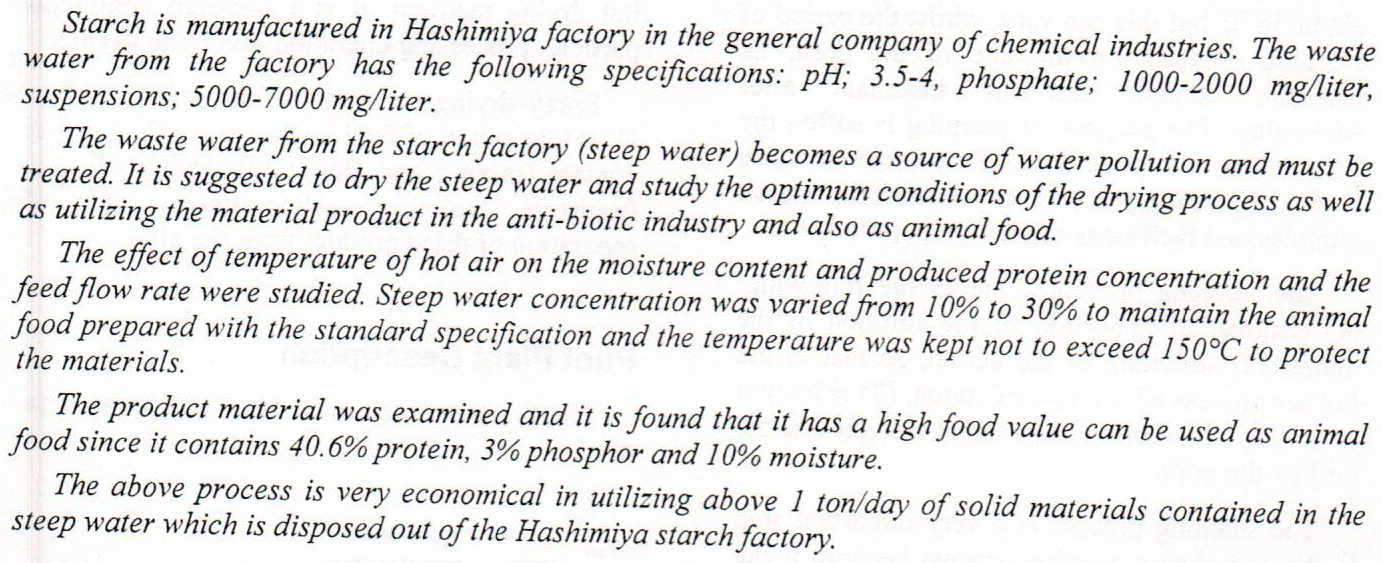
In this paper, CdO nanoparticles prepared by pulsed laser deposition techniqueonto a porous silicon (PS) surface prepared by electrochemical etching of p-type silicon wafer with resistivity (1.5-4Ω.cm) in hydrofluoric (HF) acid of 20% concentration. Current density (15 mA/cm2) and etching times (20min). The films were characterized by the measurement of AFM, FTIR spectroscopy and electrical properties.
Atomic Force microscopy confirms the nanometric size.Chemical components during the electrochemical etching show on surface of PSchanges take place in the spectrum of CdO deposited PS when compared to as-anodized PS.
The electrical properties of prepared PS; namely current density-voltage charact
... Show MoreThis study was conducted in an orchard pomegranate's Department of Horticulture College of Agriculture, University of Baghdad for two seasons 1999-2000 on cultivars pomegranate Salimi and narrators seedless to study the effect spraying Nizant growth in sex ratio of flowers and recipes flowering and winning was selected 27 trees per class 15 years old planted
The effect of annealing on the structural and optical properties of Antimony trisulfide (Sb2S3) is investigated. Sb2S3 powder is vaporized on clean glass substrates at room temperature under high vacuum pressure to form thin films. The structural research was done with the aid of X-ray diffraction (XRD) and atomic force microscopy (AFM). The amorphous to the polycrystalline transformation of these thin films was shown by X-ray diffraction analysis after thermal annealing. These films' morphology is explained. The absorption coefficient and optical energy gap of the investigated films are calculated using transmission spectra. Both samples have strong absorption in the visible spectrum, according to UV-visible absorption spectra. The optical
... Show More (5)
(5)
 (2)
(2)
Experiments were conducted to study axial liquid dispersion coefficient in slurry bubble column of 0.15 m inside diameter and 1.6 m height using perforated plate gas distributor of 54 holes of a size equal to 1 mm diameter and with a 0.24 free area of holes to the cross sectional area of the column. The three phase system consists of air, water and PVC used as the solid phase. The effect of solid loading (0, 30 and 60 kg/m3) and solid diameter (0.7, 1.5 and 3 mm) on the axial liquid dispersion coefficient at different axial location (25, 50 and 75 cm) and superficial gas velocity covered homogeneous-heterogeneous flow regime (1-10 cm/s) were studied in the present work. The results show that the axial liquid dispersion coeffic
... Show MoreBackground: Secretory Immunoglobulin A (SIgA) is a subclass of Immunoglobulin A (IgA), It is an antibody that plays an important role in mucosal immunity. It is the main immunoglobulin found in mucous secretions from mammary glands, tear glands and salivary glands, every pathologic process in the body involves the immune system, and periodontal inflammation is one of them and is not an exception. Material and methods: this study was consisted of 60 healthy male participants of an age ranged between (35-50) years old ; 25 of them with generalized moderate chronic periodontists(Clinical Attachment Loss equal to 3-4mm at ≥ 30% of the sites; 20 participants with plaque induced gingivitis and 15 participants had clinically healthy pe
... Show More (1)
(1)
This research aims at studying each of the cold and hot thermal wavelengths affecting
Iraq for a minimum climatic course of 11 years beginning from 1992 till 2002. Three stations
were selected including the parts of Iraq surface: Mosul, Baghdad and Basrah.
The wave days were also connected with the related climatic elements represented by
the wind direction and speeds and the relative humidity. It was shown that Iraq is affected by
the rates of hot thermal wave lengths greatly compared to the rates of cold wavelengths. The
results suggested that the highest rate of hot and cold wavelengths recorded over Basra station
was (3.5) days for the cold and (5) days for the hot. While the lowest rates was at Mosul
station
Optical detector was manufactured Bashaddam thermal evaporation technique at room temperature under pressure rays studied characteristics of reactive Scout efficiency quantitative ratio of the signal and the ability equivalent to noise
 (22)
(22)
 (21)
(21)
Objective(s): to assess the effectiveness of educational program on nurses' knowledge concerning the side
effects of chemotherapy among children with leukemia.
Methodology: A descriptive analytic (quasi – experimental) design study was carried out at Baghdad City from
2
nd of October to 27th of June 2015. Non-probability sample of (35) male and female nurses was selected from
the Oncology Wards in Children Welfare, Child's Central and Baghdad Teaching Hospital. The study
instruments consisted of two major parts to meet the purposes of study. The first part is related to nurses'
demographic characteristics and the second part (four domains) is related to nurses' knowledge concerning the
side effects of chemothera
